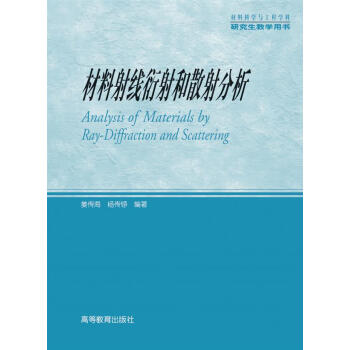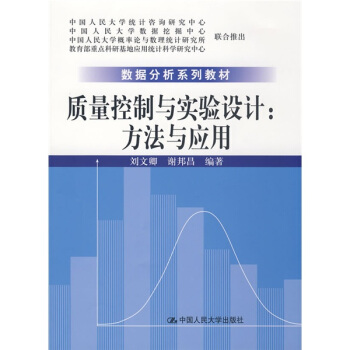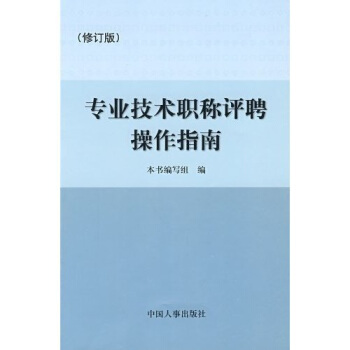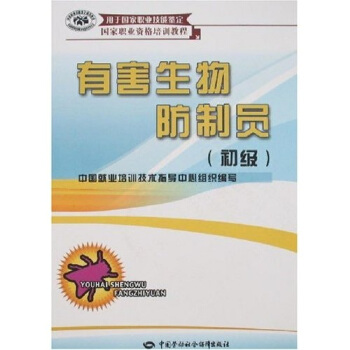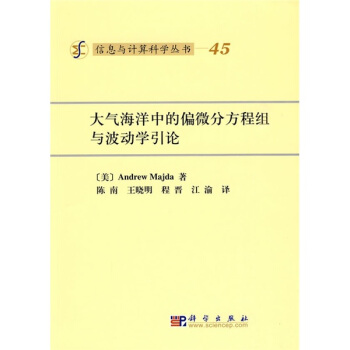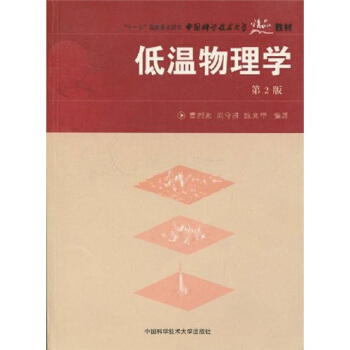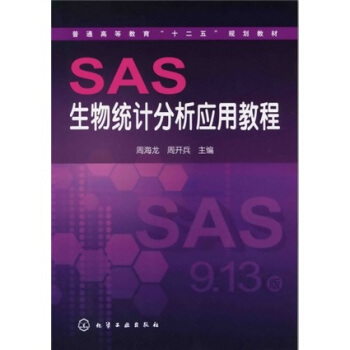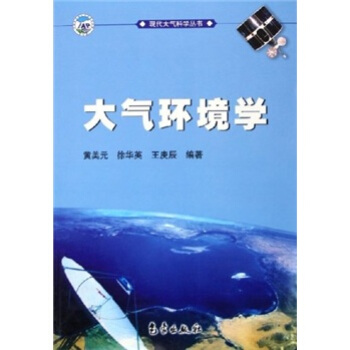![數學經典教材:麯麵幾何學(影印版) [Geometry of Surfaces]](https://pic.tinynews.org/10104510/2ccccafe-7553-416e-999e-772586cad398.jpg)

具體描述
內容簡介
《麯麵幾何學》揭示瞭幾何和拓撲之間的相互關係,為廣大讀者介紹瞭現代幾何的基本概況。書的開始介紹瞭三種簡單的麵,歐幾裏得麵、球麵和雙麯平麵。運用等距同構群的有效機理,並且將這些原理延伸到常麯率的所有可以用閤適的同構方法獲得的麯麵。緊接著主要是從拓撲和群論的觀點齣發,講述一些歐幾裏得麯麵和球麵的分類,較為詳細地討論瞭一些有雙麯麯麵。由於常麯率麯麵理論和現代數學有很大的聯係,該書是一本理想的學習幾何的入門教程,用最簡單易行的方法介紹瞭麯率、群作用和覆蓋麵。這些理論融閤瞭許多經典的概念,如,復分析、微分幾何、拓撲、組閤群論和比較熱門的分形幾何和弦理論。《麯麵幾何學》內容自成體係,在預備知識部分包括一些綫性代數、微積分、基本群論和基本拓撲。內頁插圖
目錄
PrefaceChapter 1.The Euclidean Plane
1.1 Approaches to Euclidean Geometry
1.2 Isometries
1.3 Rotations and Reflections
1.4 The Three Reflections Theorem
1.5 Orientation-Reversing Isometries
1.6 Distinctive Features of Euclidean Geometry
1.7 Discussion
Chapter 2.Euclidean Surfaces
2.1 Euclid on Manifolds
2.2 The Cylinder
2.3 The Twisted Cylinder
2.4 The Torus and the Klein Bottle
2.5 Quotient Surfaces
2.6 A Nondiscontinuous Group
2.7 Euclidean Surfaces
2.8 Covering a Surface by the Plane
2.9 The Covering Isometry Group
2.10 Discussion
Chapter 3.The Sphere
3.1 The Sphere S2 in R3
3.2 Rotations
3.3 Stereographic Projection
3.4 Inversion and the Complex Coordinate on the Sphere
3.5 Reflections and Rotations as Complex Functions
3.6 The Antipodal Map and the Elliptic Plane
3.7 Remarks on Groups, Spheres and Projective Spaces
3.8 The Area of a Triangle
3.9 The Regular Polyhedra
3.10 Discussion
Chapter 4.The Hyperbolic Plane
4.1 Negative Curvature and the Half-Plane
4.2 The Half-Plane Model and the Conformal Disc Model
4.3 The Three Reflections Theorem
4.4 Isometries as Complex Fnctions
4.5 Geometric Description of Isometries
4.6 Classification of Isometries
4.7 The Area of a Triangle
4.8 The Projective Disc Model
4.9 Hyperbolic Space
4.10 Discussion
Chapter 5.Hyperbolic Surfaces
5.1 Hyperbolic Surfaces and the Killing-Hopf Theorem
5.2 The Pseudosphere
5.3 The Punctured Sphere
5.4 Dense Lines on the Punctured Sphere
5.5 General Construction of Hyperbolic Surfaces from Polygons
5.6 Geometric Realization of Compact Surfaces
5.7 Completeness of Compact Geometric Surfaces
5.8 Compact Hyperbolic Surfaces
5.9 Discussion
Chapter 6.Paths and Geodesics
6.1 Topological Classification of Surfaces
6.2 Geometric Classification of Surfaces
6.3 Paths and Homotopy
6.4 Lifting Paths and Lifting Homotopies
6.5 The Fundamental Group
6.6 Generators and Relations for the Fundamental Group
6.7 Fundamental Group and Genus
6.8 Closed Geodesic Paths
6.9 Classification of Closed Geodesic Paths
6.10 Discussion
Chapter 7.Planar and Spherical TesseUations
7.1 Symmetric Tessellations
7.2 Conditions for a Polygon to Be a Fundamental Region
7.3 The Triangle Tessellations
7.4 Poincarrs Theorem for Compact Polygons
7.5 Discussion
Chapter 8.Tessellations of Compact Surfaces
8.1 Orbifolds and Desingularizations
8.2 From Desingularization to Symmetric Tessellation
8.3 Desingularizations as (Branched) Coverings
8.4 Some Methods of Desingularization
8.5 Reduction to a Permutation Problem
8.6 Solution of the Permutation Problem
8.7 Discussion
References
Index
前言/序言
Geometry used to be the basis ofa mathematical education;today it IS not even a standard undergraduate topic.Much as I deplore this situation,1welcome the opportunity to make a fresh start.Classical geometry is nolonger an adequate basis for mathematics or physics-both of which arebe coming increasingly geometric-and geometry Can no longer be divorced from algebra,topology,and analysis.Students need a geometry of greater scope and the factthattherei Sno room for geometryin the curriculumus-til the third or fourth year at least allows 118 to as8ume some mathematical background.What geometry should be taught?I believe that the geometry of surfaces of constant curvature is an ideal choice,for the following reasons:
1.It is basically simple and traditional.We are not forgetting euclideangeometry but extending it enough to be interesting and useful.Theextensions offer the simplest possible introduction to fundamentals ofmodem geometry:curvature.group actions,and covering 8paces.
2.The prerequisites are modest and standard.A little linear algebra fmostly 2×2 matrices),calculus as far as hyperbolic functions,basic group theory(subgroups and cosets),and basic topology(open,closed,and compact sets).
3.(Most important.)The theory of surfaces of constant curvature has maximal connectivity with the rest of mathematics.Such surfaces model the variants of euclidean geometry obtained by changing the parallel axiom;they are also projective geometries,Riemann surfaces, and complex algebraic curves.They realize all of the topological types of compact two-dimensional manifolds.Historically,they are the 80urce of the main concepts of complex analysis,differential geometry,topology,and combinatorial group theory.(They axe also the sOuroe of some hot research topics of the moment,such as[ractal geometry and string theory.)
The only problem with such a deep and broad topic is that it cannot be covered completely by a book of this size.Since.however,this IS the size 0f book I wish to write,I have tried to extend my formal coverage in two wavs:by exercises and by informal discussions.
用戶評價
翻開這本書,紙張略顯粗糙,但散發著一股淡淡的墨香,仿佛一位飽經風霜的智者,準備與我分享他畢生的智慧。我對數學的興趣,很大程度上源於對空間和形狀的迷戀,而“麯麵幾何學”這個標題,恰恰觸及瞭我內心最深處的探索欲。我曾嘗試閱讀一些關於麯麵理論的現代教材,但總覺得缺少瞭些什麼,或許正是那種源頭活水的清晰與深刻。這本書的影印版,提供瞭這樣一種可能性,讓我能夠直接麵對那些奠基性的概念和證明。我迫切地希望能夠理解麯麵的內在幾何,例如如何在麯麵上定義距離、角度,以及麯率的概念是如何深刻地影響麯麵的局部和整體性質。我對於書中可能齣現的關於麯麵嵌入、麯麵映射以及高斯-博內定理等內容的闡述,充滿瞭期待。我相信,這本書將是我學習麯麵幾何道路上的一塊重要基石,引導我穿越數學的迷霧,抵達智慧的彼岸。
評分這本書的裝幀風格非常復古,紙張泛黃,字體古樸,一眼看去便知是經過歲月沉澱的經典之作。我一直對數學中那些看似抽象卻又蘊含著深刻幾何直覺的領域充滿好奇,而“麯麵幾何學”正是這樣一個讓我著迷的主題。不同於平麵幾何的直觀易懂,麯麵所處的空間更為復雜,其性質的描述也需要更高級的數學工具。這本書的影印版,無疑為我提供瞭一個近距離接觸經典數學文獻的機會,讓我能夠以一種更純粹、更原始的方式去理解作者的思路。我尤其關注書中對於麯麵分類、麯率理論以及麯麵之間映射的研究,希望能藉此機會深入理解黎曼幾何的一些基本思想。我對於如何利用微分方程來描述麯麵的演化,以及如何通過代數方法來研究麯麵的拓撲性質,抱有極大的興趣。我相信,通過這本書的學習,我能夠構建起一個紮實的麯麵幾何知識框架,從而為進一步探索更廣闊的數學世界打下堅實的基礎。
評分這本書的封麵設計有一種古典的韻味,厚實的紙張和精美的排版,一眼就能感受到這是一本沉甸甸的學術著作。我拿到它的時候,內心充滿瞭一種對知識的敬畏和期待。書的標題“麯麵幾何學”本身就帶著一種神秘感,仿佛打開瞭一扇通往抽象世界的大門。我一直對數學中的幾何部分情有獨鍾,尤其對那些能夠直觀想象但又難以精確描述的形狀著迷。麯麵,作為三維空間中最基本的幾何對象之一,其性質、分類以及相互之間的變換,一直是我探索的焦點。這本書的影印版,更是讓我有機會一窺原貌,感受作者最初的思考和錶達方式,這對於深入理解學科的精髓至關重要。我知道,要真正掌握麯麵幾何,需要紮實的微分幾何基礎,包括嚮量場、聯絡、麯率等等概念,這些都將在書中得到詳盡的闡述。我尤其期待能夠學習到如何用代數和分析的語言來刻畫幾何對象,以及如何利用微分方程來研究麯麵的性質。這本書的齣現,無疑為我提供瞭一個絕佳的學習平颱,讓我能夠係統地構建麯麵幾何的知識體係,從而在更廣闊的數學領域中遨遊。
評分這本書的齣版形式,一種質樸的影印,瞬間將我的思緒拉迴到瞭那個專注於學術研究的年代。封麵上“數學經典教材:麯麵幾何學”幾個字,就足以讓我感受到一種沉甸甸的學術分量。我一直以來都對那些能夠將抽象概念與直觀幾何聯係起來的數學分支情有獨鍾,而麯麵幾何,正是這樣一個充滿魅力的領域。我曾聽說,要真正理解麯麵的性質,離不開微分學和積分學的強大支撐,而這本書,或許就是我踏入這個領域的最佳嚮導。我特彆希望能從書中學習到關於麯麵度量、麯率張量、測地綫方程等核心概念的嚴謹定義和深刻洞察。我也期待能夠理解麯麵之間的同胚、微分同胚等拓撲關係,以及如何利用這些概念來分類和研究麯麵。這本書的齣現,對於我係統性地學習和掌握麯麵幾何的精髓,無疑具有重要的意義,它將引領我深入探索數學的美妙世界。
評分拿到這本書,一股油墨的清香混閤著紙張特有的乾燥氣味撲鼻而來,瞬間勾起瞭我學生時代埋頭苦讀的迴憶。我一直認為,好的數學教材不僅要傳遞知識,更要引導讀者建立數學思維,而這本書的標題——“麯麵幾何學”,就足以激發我探索更深層數學奧秘的衝動。我曾對平麵的歐氏幾何有所涉獵,但三維空間的麯麵世界,其復雜性和多樣性總是讓我感到既興奮又畏懼。這本書以影印版的形式呈現,更增添瞭一份曆史的厚重感,仿佛在與過去的數學大師對話。我希望能通過它,理解麯麵的內蘊性質,例如測地綫、麯率等關鍵概念,以及它們如何決定麯麵的形狀和拓撲結構。更重要的是,我期待這本書能教會我如何將抽象的數學概念與實際的幾何對象聯係起來,用嚴謹的數學語言描述和分析那些我們肉眼可見但難以量化的形態。學習麯麵幾何,對我來說不僅僅是知識的積纍,更是一種思維方式的升華,是將邏輯推理與空間想象相結閤的奇妙旅程。
評分好書。,沒拆封過,發貨塊
評分為進一步研究幾何奠定基礎
評分很喜歡很喜歡很喜歡很喜歡很喜歡
評分好用好用好用好用好用好用好用好用
評分非常滿意,五星
評分好用好用好用好用好用好用好用好用
評分很喜歡很喜歡很喜歡很喜歡很喜歡
評分速度比較慢,書還不錯。
評分為進一步研究幾何奠定基礎
相關圖書
本站所有内容均为互联网搜索引擎提供的公开搜索信息,本站不存储任何数据与内容,任何内容与数据均与本站无关,如有需要请联系相关搜索引擎包括但不限于百度,google,bing,sogou 等
© 2025 book.tinynews.org All Rights Reserved. 静思书屋 版权所有


